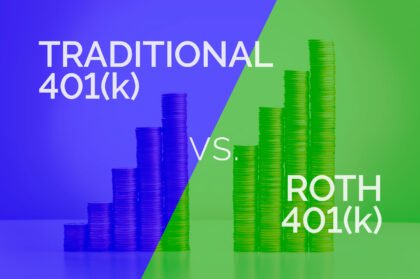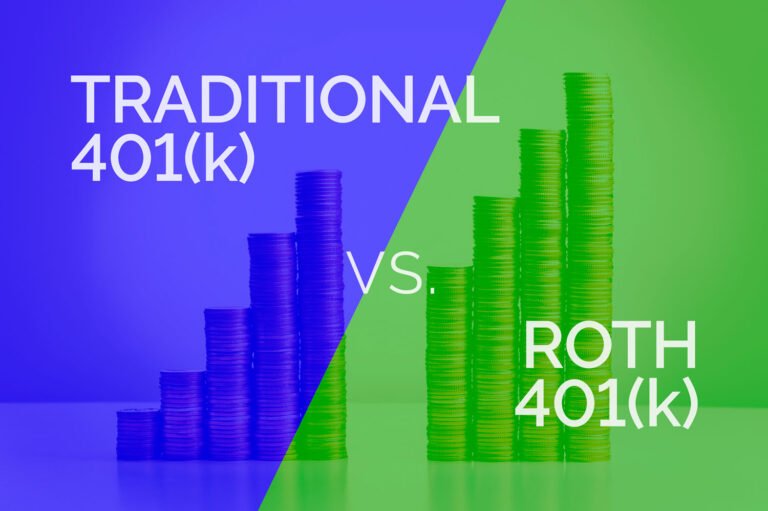Hello, financial enthusiasts! Today, we’re diving into the world of “Collateral,” a vital concept in the realm of borrowing and lending. Think of collateral as the safety net that lenders rely on, providing assurance that their money is protected in case of borrower default. Understanding collateral is crucial whether you’re borrowing to finance a dream or lending to support someone else’s. Let’s unravel the mysteries of collateral and explore its significance in the world of finance.
Table of Contents
Collateral: Safeguarding Your Financial Transactions
Imagine collateral as the guardian angel hovering over your financial transactions—a tangible asset that provides reassurance to lenders and borrowers alike. It’s like offering your prized possession as a guarantee for a loan, ensuring both parties have peace of mind throughout the borrowing process.
What is Collateral?
Collateral refers to an asset that a borrower pledges to a lender to secure a loan or credit. It serves as a form of protection for the lender, reducing the risk of financial loss in case the borrower defaults on the loan. Collateral can take various forms, including real estate, vehicles, cash deposits, investments, or valuable personal belongings.
Key Components of Collateral
- Asset-based Security: Collateral is typically an asset owned by the borrower that has monetary value and can be used to secure a loan. The value of the collateral serves as a guarantee for the lender that they can recoup their investment if the borrower fails to repay the loan.
- Secured Loans: Loans that require collateral are known as secured loans. In contrast to unsecured loans, which do not require collateral, secured loans offer lenders greater confidence in the borrower’s ability to repay the debt.
- Lien or Legal Claim: When collateral is pledged for a loan, the lender may place a lien or legal claim on the asset, giving them the right to seize the collateral in the event of default.
- Valuation: The value of the collateral is assessed by the lender to determine its suitability for securing the loan. Lenders may require an appraisal or evaluation of the collateral’s worth before approving the loan.
Types of Collateral
- Real Estate: Property, such as a home or land, can serve as collateral for mortgage loans or home equity lines of credit.
- Vehicles: Automobiles, boats, or other vehicles can be pledged as collateral for auto loans or secured personal loans.
- Financial Assets: Cash deposits, stocks, bonds, or other investments can be used as collateral for loans or lines of credit.
- Personal Property: Valuable personal belongings, such as jewelry, artwork, or electronics, may be accepted as collateral for certain types of loans.
Why Collateral Matters
- Risk Mitigation: Collateral provides lenders with a form of security, reducing the risk of financial loss in case the borrower defaults on the loan.
- Access to Credit: Offering collateral can make it easier for borrowers to qualify for loans or obtain better terms, such as lower interest rates or higher borrowing limits.
- Lower Interest Rates: Secured loans often come with lower interest rates compared to unsecured loans, reflecting the reduced risk for lenders.
- Flexible Financing Options: Collateral opens up a variety of financing options for borrowers, allowing them to access funds for various purposes, such as purchasing a home, financing a vehicle, or investing in a business.
Considerations and Risks
- Risk of Loss: Borrowers risk losing their collateral if they fail to repay the loan according to the terms agreed upon with the lender.
- Asset Valuation: The value of the collateral may fluctuate over time, impacting its suitability for securing the loan and the amount of credit extended by the lender.
- Legal Implications: Lenders may have legal recourse to seize and sell the collateral to recover their losses in case of borrower default, subject to applicable laws and regulations.
- Impact on Credit Score: Defaulting on a secured loan can have adverse effects on the borrower’s credit score and financial reputation, making it more difficult to obtain credit in the future.
How Collateral Works in Practice
- Loan Application: When applying for a secured loan, borrowers must identify the collateral they intend to pledge to secure the loan. Collateral serves as security for the lender in case the borrower defaults on the loan. Common types of collateral include real estate, vehicles, equipment, inventory, accounts receivable, or investment securities.
- Collateral Assessment: After receiving the loan application, the lender evaluates the proposed collateral to determine its value and suitability. Factors considered during the collateral assessment may include the market value of the collateral, its liquidity (ease of selling or converting into cash), and its condition. Lenders may also consider the potential for depreciation or fluctuations in the value of the collateral over time.
- Loan Approval: If the proposed collateral meets the lender’s requirements and is deemed sufficient to secure the loan, the loan application is approved. At this stage, the borrower and lender enter into a loan agreement, which outlines the terms and conditions of the loan, including the interest rate, repayment schedule, and consequences of default. The collateral is pledged to the lender to secure the debt, giving the lender a legal claim or lien on the collateral.
- Loan Repayment: Once the loan is disbursed, borrowers are responsible for repaying the loan according to the terms agreed upon in the loan agreement. This typically involves making regular payments of principal and interest over the loan term. Borrowers must adhere to the repayment schedule to avoid defaulting on the loan, which could result in the loss of the pledged collateral and damage to their credit score.
- Release of Collateral: Upon full repayment of the loan, the lender releases the lien or legal claim on the collateral. This typically involves providing the borrower with a release of lien document, which acknowledges that the loan has been satisfied and removes the lender’s interest in the collateral. With the release of the lien, ownership rights to the collateral are returned to the borrower, free of any encumbrances related to the loan.
In Conclusion
Collateral plays a pivotal role in the borrowing and lending process, providing security for lenders and access to credit for borrowers. By understanding the key principles, considerations, and risks associated with collateral, individuals can make informed decisions when navigating financial transactions involving secured loans. Whether you’re a borrower pledging assets or a lender assessing risk, collateral serves as the foundation of trust and confidence in the world of finance. So, may your collateral be robust, your loans repaid on time, and your financial transactions guided by prudence and foresight. Happy borrowing and lending!


